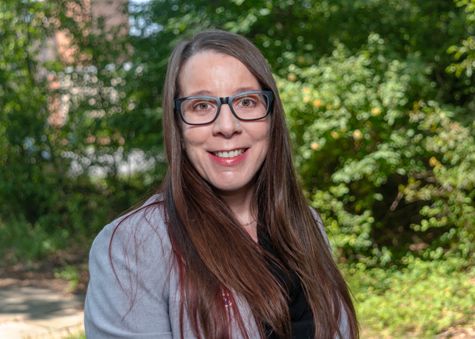Early Career Scientist Spotlight
Dr. Aimee Neeley (she/her/hers)
Bio-Optical Oceanographer
Ocean Ecology Laboratory (616)
How did you end up working at NASA Goddard?
In 2008, I was working at the Bermuda Institute of Ocean Sciences as a researcher collecting samples for sulfur analysis on monthly research cruises to the Bermuda Atlantic Time Series Station. Bermuda was a beautiful place to work, but I was ready for something new. I saw an announcement for an oceanographic research position at NASA Goddard. At that time, I had no idea that NASA had an Earth Science division, but I thought, “it’s NASA - so yes, I will apply!” I was selected for the position, and I have been here ever since. In that time, I have learned so much about how NASA studies the Earth.
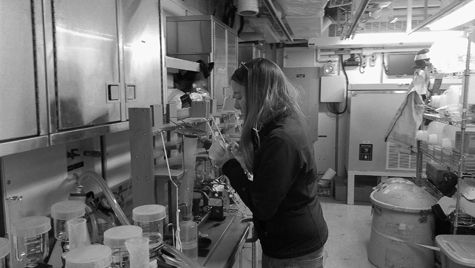
Credit: Mike Novak
What is your research focus?
As a member of the Ocean Ecology Laboratory at Goddard, I wear many hats. First and foremost, I am part of the Field Support Group that collects sets of in situ optical and biogeochemical data for Earth science climate data records and other supporting data records used for ground-truthing ocean color products and for bio-optical algorithm development. We have traveled all over the global ocean to take measurements using a wide array of instruments, including radiometers that detect the colors of the light entering and exiting the water and other instruments that measure the absorption and scattering of light by particles, phytoplankton, and dissolved materials in the water (inherent optical properties). We also collect samples for laboratory analysis of carbon, bio-optical properties of particles, and phytoplankton pigments. Essentially, we collect information about everything that absorbs and scatters light in the water column that would impact the reflectance measured by satellites in space. In particular, I am responsible for the collection and analysis of phytoplankton data using imaging-in-flow and flow cytometric measurements. Imaging-in-flow instruments are a combination of a microscope and a camera, where samples are passed through a flow cell in front of an objective that magnifies the phytoplankton and triggers the camera to take an image. The images are saved and can be classified later. Flow cytometers are used to detect and enumerate tiny phytoplankton. These data sets can be used, among many applications, to develop and validate satellite algorithms that will derive phytoplankton community composition from ocean color data. In addition to the field work, I have coordinated multiple efforts with the community to develop standardized data collection and analysis approaches in support of NASA. I also draft peer-reviewed manuscripts on the topics of phytoplankton ecology and community composition modeling from remote sensing data.
In addition to my more technical responsibilities at the center, I enjoy sharing my expertise and knowledge with the younger generations by mentoring high school and college interns and by representing the Ocean Ecology Laboratory through active engagement in numerous NASA-lead outreach events. Moreover, for the past year I have served as an adjunct professor at American University. For this position, a co-teacher and I developed the curriculum for an introduction to oceanography class for undergraduate students.
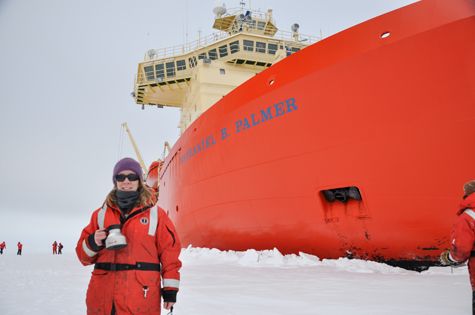
Credit: Unknown
What is one of your favorite moments in your career so far?
My favorite and the most memorable moments of my career, by far, include traveling the polar regions of the Earth. During my career, I have had the privilege to visit such remote and beautiful locations as the Chukchi Sea (Arctic), the Southern Ocean, and the U.S. Antarctic research stations on Palmer Peninsula (Palmer Station) and near the Ross Sea (McMurdo Station). During these travels, I saw the most majestic, pristine landscapes and unique animals on the planet. My visits to these places spurred my appreciation and fondness of the polar regions. In fact, I grew to love penguins so much that I have a tattoo of chinstrap penguins on my forearm.
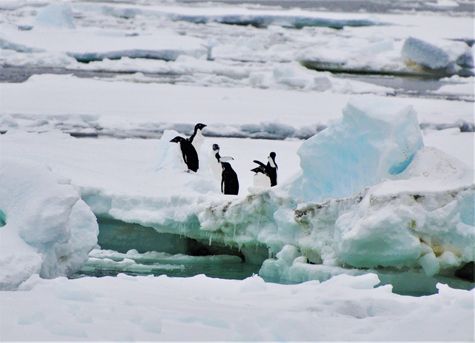
Credit: Aimee Neeley
What is one research project that you are particularly excited about, and why?
I am particularly excited about the upcoming NASA mission, Plankton, Aerosol, Cloud, ocean Ecosystems (PACE) that is launching in early 2024. With its hyperspectral Ocean Color Instrument and dual polarimeters, PACE will revolutionize how we study ocean color. The data collected by PACE will advance our understanding of biology and biogeochemistry in the global ocean, including better detection of phytoplankton community composition and harmful algal blooms. I am excited to see the science possibilities that will emerge from these data.
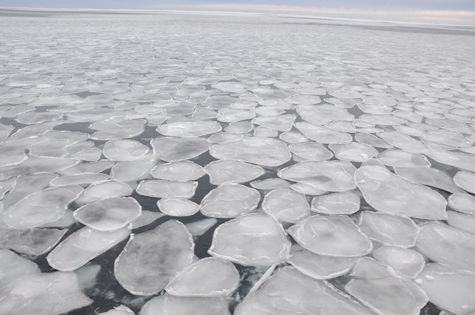
Credit: Karen Frey
Did you always know that you wanted to study marine biology/oceanography?
When I was a little kid, my parents used to take me to SeaWorld in Ohio. I know now, as an adult, that small tanks are not a good place to house orcas and dolphins, but at the time I loved it. I loved learning about Shamu (an orca at Sea World), penguins, and about marine life in general. I told my kindergarten teacher that I wanted to be a marine biologist, a story she still tells to this day. However, as I attended college to pursue an B.S. in marine biology, I realized that I didn’t know what that meant exactly career-wise. During my junior year, I took an introductory oceanography course with my future thesis advisor, and, during my senior year, I completed a project looking at photosynthetic pigments in phytoplankton, something I still do to this day. From that time forward, it became clear that I wanted to pursue a career in oceanography.
What research accomplishment are you most proud of?
I think the research accomplishment I am most proud of thus far in my career is the completion of my Ph.D. dissertation in conjunction with my full-time job at NASA. Many of my nights and weekends were dedicated to classwork and writing in addition to my full-time job during the weekdays, field work, and other activities. Much blood, sweat and tears was shed to attain my degree, but it was worth it in the end.
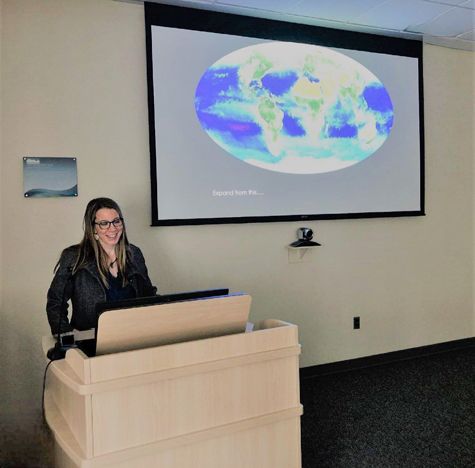
Credit: Zayd Hamza
What do you like to do in your free time?
With teaching and my full-time job over the last year I haven’t had much free time. However, when I do have some free time, I try to get outside by walking, hiking, or bike riding with my spouse. I also enjoy crafts. My late grandmother taught me how to crochet, and I later learned to knit. Currently, I am trying to learn Pibione tapestry weaving. I also like to spend quality time with my fur baby, Holly. One of these days I would also like to learn Arabic again (my spouse is originally from Iraq). I am also a bit of a Nintendo nerd and recently completed the Zelda Breath of the Wild game.
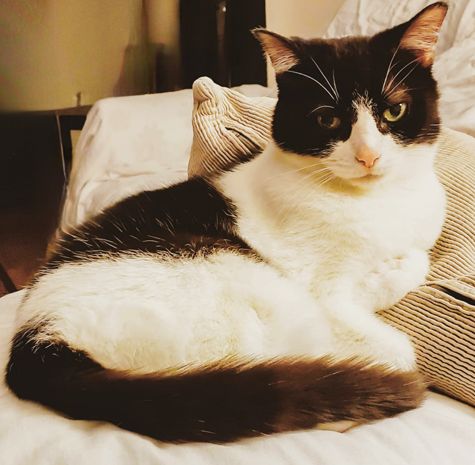
Credit: Aimee Neeley
Biography
Home Town:
Sharpsville, Pennsylvania
Undergraduate Degree:
B.S. Marine Biology, College of Charleston, South Carolina
Post-graduate Degrees:
M.S., Marine Biology, University of Charleston, South Carolina
Ph.D., Biological Oceanography, MEES Program, University of Maryland, College Park, Maryland
